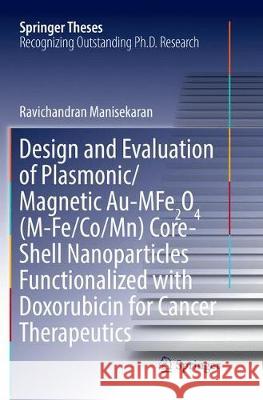Design and Evaluation of Plasmonic/Magnetic Au-Mfe2o4 (M-Fe/Co/Mn) Core-Shell Nanoparticles Functionalized with Doxorubicin for Cancer Therapeutics » książka
topmenu
Design and Evaluation of Plasmonic/Magnetic Au-Mfe2o4 (M-Fe/Co/Mn) Core-Shell Nanoparticles Functionalized with Doxorubicin for Cancer Therapeutics
ISBN-13: 9783319884578 / Angielski / Miękka / 2018 / 168 str.
Design and Evaluation of Plasmonic/Magnetic Au-Mfe2o4 (M-Fe/Co/Mn) Core-Shell Nanoparticles Functionalized with Doxorubicin for Cancer Therapeutics
ISBN-13: 9783319884578 / Angielski / Miękka / 2018 / 168 str.
cena 403,47
(netto: 384,26 VAT: 5%)
Najniższa cena z 30 dni: 385,52
(netto: 384,26 VAT: 5%)
Najniższa cena z 30 dni: 385,52
Termin realizacji zamówienia:
ok. 22 dni roboczych.
ok. 22 dni roboczych.
Darmowa dostawa!
Kategorie BISAC:
Wydawca:
Springer
Seria wydawnicza:
Język:
Angielski
ISBN-13:
9783319884578
Rok wydania:
2018
Wydanie:
Softcover Repri
Ilość stron:
168
Oprawa:
Miękka
Wolumenów:
01











